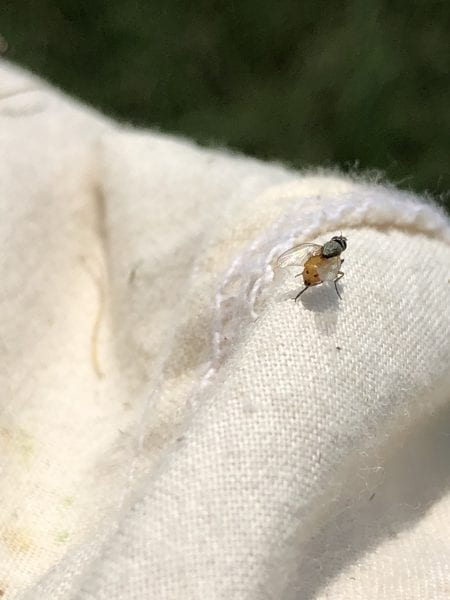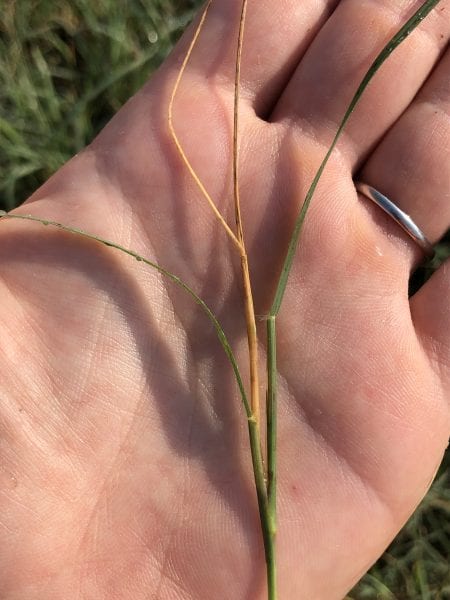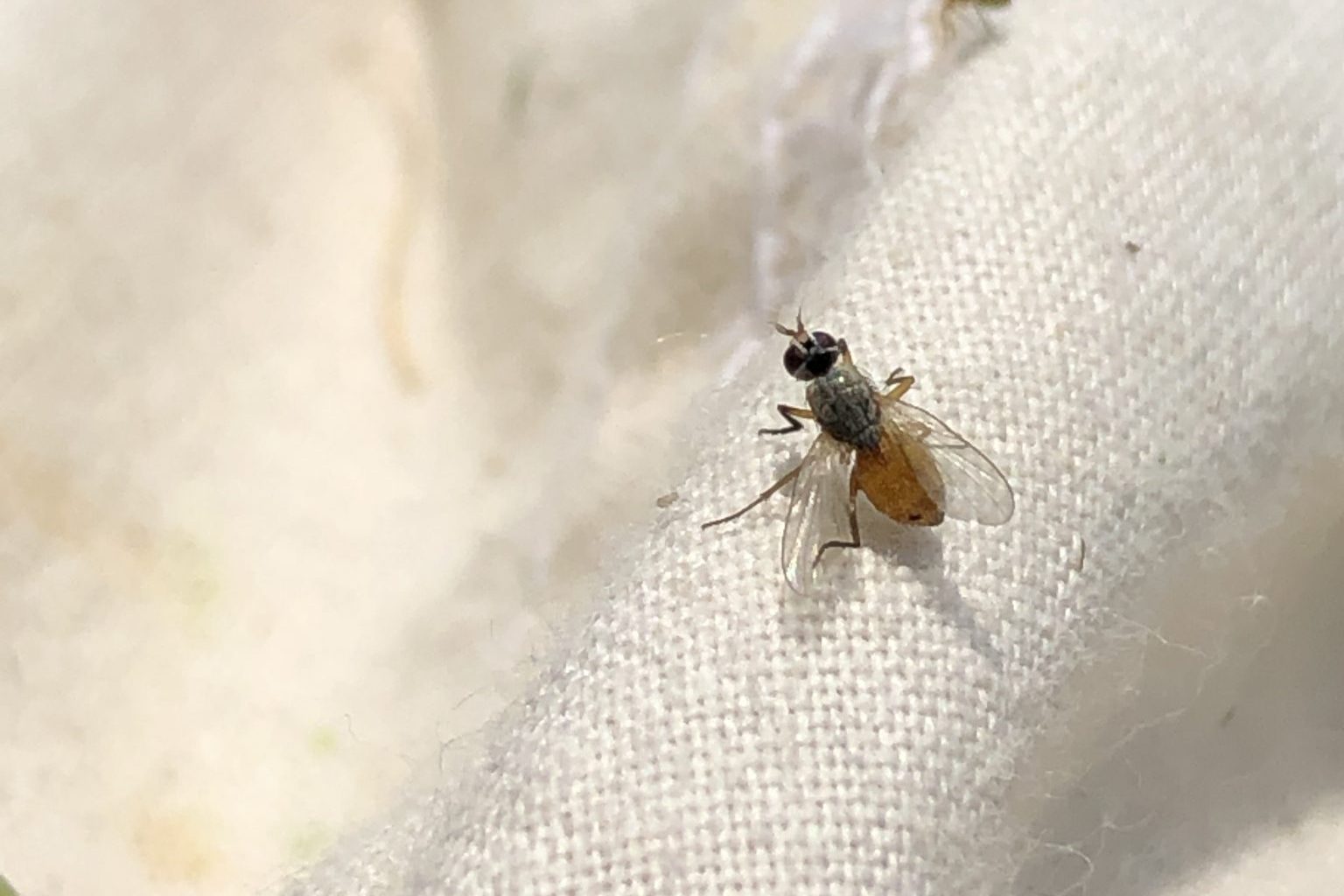Farming

 Bermudagrass stem maggots (BSM), Atherigona reversura, are the larval form of an invasive fly pest that is relatively new to the Southeast. BSM first appeared in Georgia in 2010, and within a couple of years, they were found across the Southeast, including Alabama. Bermudagrass and stargrass are the only hosts of this pest, but they can be devastating in bermudagrass hay fields. Having an understanding of the life cycle and biology of this pest is the key to successful control.
Bermudagrass stem maggots (BSM), Atherigona reversura, are the larval form of an invasive fly pest that is relatively new to the Southeast. BSM first appeared in Georgia in 2010, and within a couple of years, they were found across the Southeast, including Alabama. Bermudagrass and stargrass are the only hosts of this pest, but they can be devastating in bermudagrass hay fields. Having an understanding of the life cycle and biology of this pest is the key to successful control.
Biology
The adult fly is 1/8 inch long, with big dark eyes and a two-colored stripe between their eyes. They also have a yellow abdomen with dark spots at the tip. They are extremely active in the field and are easier to spot than the larval form or maggots. In the larval stage is when these pests cause their damage by feeding inside a plant’s stem. Like the adult flies, the larvae are also 1/8 inch long. When feeding, they use their mouth hooks to macerate the plant stem walls.
The whole life cycle of BSM lasts approximately three weeks, with multiple generations per year. Adult flies lay their eggs on the leaf or stem of a plant and the maggot will emerge in two to three days. Upon emergence, maggots chew into the stem at the top of the node and tunnel into the stem. Damage is usually visible within one to two days after the feeding starts. After feeding for seven to ten days, the mature maggot will drop into the soil where it spends another seven to ten days pupating. The adults emerge from the ground and begin the complete life cycle again, which takes three to four weeks.
For most of their life cycle, BSM are protected from contact insecticides. The larvae are protected inside the plant and the pupae are in the soil. Without any systemic insecticides in bermudagrass, growers are left with trying to control the adults before they lay more eggs that will hatch into damaging larvae.
Damage
 BSM feed inside of plant shoots, which cuts off the water and sap to the top leaves. This results in death of the top two or three leaves. Larger numbers of these dead leaves give fields a frosted appearance and can easily be pulled from the sheath. The shoot will stop elongating as a result of the feeding damage. The plant responds by producing side shoots from a lower node of the damaged shoot. These new shoots are vulnerable to attack by later generations of BSM. Bermudagrass cannot outgrow damage by BSM.
BSM feed inside of plant shoots, which cuts off the water and sap to the top leaves. This results in death of the top two or three leaves. Larger numbers of these dead leaves give fields a frosted appearance and can easily be pulled from the sheath. The shoot will stop elongating as a result of the feeding damage. The plant responds by producing side shoots from a lower node of the damaged shoot. These new shoots are vulnerable to attack by later generations of BSM. Bermudagrass cannot outgrow damage by BSM.
Growing conditions influence the amount of damage to bermudagrass. Fields that have growing conditions with good soil fertility and moisture are less affected by BSM feeding. The damage from BSM will have minimal impact on dry yield under optimum growing conditions. However, if forage production is limited by poor soil fertility and dry soil conditions, BSM damage has a greater potential to reduce yield.
Management
The best ways to monitor for flies in the field is with blue sticky traps and a sweep net. Previous research has shown that this pest is most attracted to blue sticky traps. They can be placed around the field to monitor for arriving adult flies. A sweep net will allow you to sample for both BSM and fall armyworms. There are several species of non-pest flies that live in bermudagrass, so it’s important to be able to correctly identify BSM. Grazed pastures are less affected by BSM because livestock consume larvae as they consume the grass. Bermudagrass cultivars with finer stems tend to have greater infestations.
Harvest management is one option for fields damaged by BSM. Once damage is observed, the field will unlikely produce additional yield. If early damage occurs in the first one to three weeks after a harvest, it is unlikely the field will add any additional yield. If an infested field is within a week of harvest, it should be harvested and the hay removed as soon as possible.
Chemical control is also an option for infested fields. Foliar applications of pyrethroids, a relatively cheap active ingredient in contact insecticides, can be used to control the adult flies. The lowest label rate of any pyrethroid is effective. In some cases, multiple chemical applications are necessary for different BSM generations in varying stages of growth. Populations can build over the course of a season, so early control is important to minimize damage potential.
For more detailed information, see the Alabama Extension publication Biology and Management of Bermudagrass Stem Maggot.

